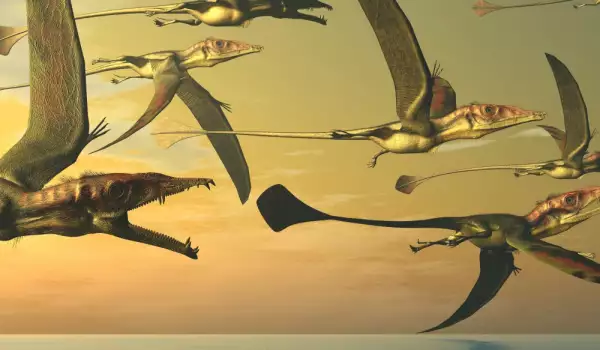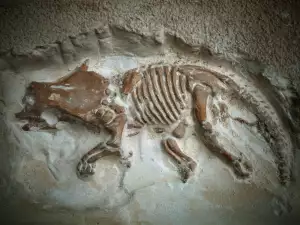At the beginning of the year, a team of Argentinian scientists discovered the fossilized remains of giant prehistoric birds, possessing the greatest wingspan ever recorded.
The experts postulate that the bird was the toothy ancestor of modern-day seagulls. The ancient creature had an impressive 19.7 ft (6 m) wingspan and all evidence points to it having been a breathtaking, yet scary, sight in the time period in which it lived.
The fossils were found on Seymour Island in Antarctica, with scientists identifying the bird to have belonged to the Pelagornithidae family or protobirds that had teeth in their beaks.
The feathered members of this family ruled the skies of Antarctica and South America 50 million years ago. When their wings were fully outstretched, they spanned 21 ft (6.4 m) wide. Of their descendants today, the largest wingspan belongs to the albatross, with its impressive 10 ft (3 m).
The scientists are extremely happy with their find because these sorts of fossils are very rarely seen. Due to the bone composition of these ancient birds, they are rarely so well preserved. This is the 2nd bird of the Pelagornithidae family to be found in Antarctica.
50 million years ago, when the bird was alive, climate changes made the ice continent a real paradise with an abundance of food. Initial studies of the bones revealed that the bird, when standing upright, measured a jaw-dropping 8 ft (2.5 m) tall. Despite its enviable size, it weighed only 132 lb (60 kg) because of the nature of its bone composition.

Scientists believe that the bird was omnivorous. Its diet included a wide spectrum of foods, from seaweed, to mollusks, to small sharks and the ancient ancestors of seals.
Remains of birds from the Pelagornithidae family have been found all across the world but only the ones on the ice continent had such an unheard-of size. In other areas, the discovered fossils had a wingspan of no more than 13 ft (4 m). Scientists still cannot determine the reason for such giants being born in only that part of the world.












